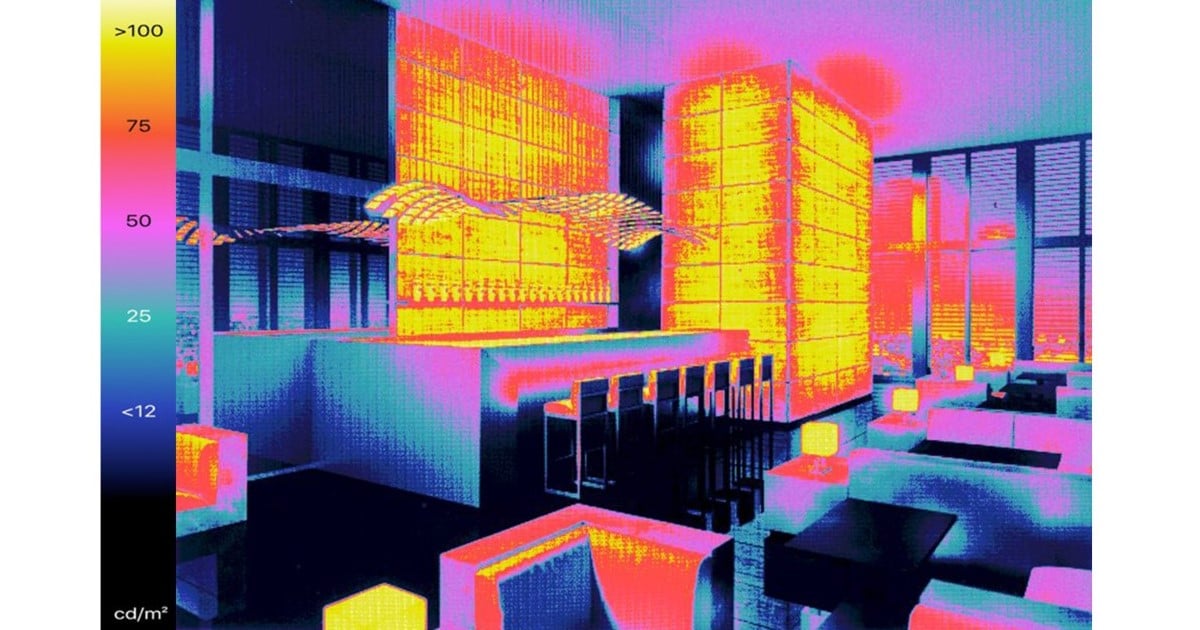- 3.1Impact Factor
- 4.4CiteScore
- 15 daysTime to First Decision
Lighting in Buildings—2nd Edition
This special issue belongs to the section “Building Energy, Physics, Environment, and Systems“.
Special Issue Information
Dear Colleagues,
Lighting in the built environment has evolved since the rapid uptake of solid-state lighting (SSL) devices. Over the last few decades, energy efficiency has played an important role in lighting research, application, and standardization. However, improvements to the efficiency of individual luminaries have reached a plateau. Our growing understanding of the human visual and non-image forming effects of light has highlighted the importance of balancing occupants’ needs and energy efficiency. Sensors and advanced controls now enable intelligent building lighting systems to meet these competing goals.
Several relevant studies have already been published in the first volume of this Special Issue. You can find them at the following link: [https://www.mdpi.com/journal/buildings/special_issues/ACID9W6123]. In light of recent progress, this Special Issue aims to provide insight into research on new approaches for building lighting systems and their implications for occupants. We invite original research (laboratory, field, and cross-sectional studies), theoretical and experimental studies, case studies, communications, and comprehensive review papers for possible publication. Relevant topics for this Special Issue include the following:
- Adaptive intelligent lighting systems;
- Human visual response to lighting;
- Human non-image forming responses to lighting;
- Modeling and evaluating energy efficiency and lighting application efficacy;
- Daylight in buildings;
- Lighting and color in virtual reality (VR) and augmented reality (AR) applications;
- Novel applications of SSL devices in buildings;
- Policy, building standards, and recommendations.
Dr. Dorukalp Durmus
Dr. Wenye Hu
Dr. Lambros T. Doulos
Guest Editors
Manuscript Submission Information
Manuscripts should be submitted online at www.mdpi.com by registering and logging in to this website. Once you are registered, click here to go to the submission form. Manuscripts can be submitted until the deadline. All submissions that pass pre-check are peer-reviewed. Accepted papers will be published continuously in the journal (as soon as accepted) and will be listed together on the special issue website. Research articles, review articles as well as short communications are invited. For planned papers, a title and short abstract (about 250 words) can be sent to the Editorial Office for assessment.
Submitted manuscripts should not have been published previously, nor be under consideration for publication elsewhere (except conference proceedings papers). All manuscripts are thoroughly refereed through a single-blind peer-review process. A guide for authors and other relevant information for submission of manuscripts is available on the Instructions for Authors page. Buildings is an international peer-reviewed open access semimonthly journal published by MDPI.
Please visit the Instructions for Authors page before submitting a manuscript. The Article Processing Charge (APC) for publication in this open access journal is 2600 CHF (Swiss Francs). Submitted papers should be well formatted and use good English. Authors may use MDPI's English editing service prior to publication or during author revisions.
Keywords
- illumination engineering
- visual comfort
- performance
- complexity
- clarity
- energy efficiency and lighting application efficacy
- lighting simulation
- extended reality (XR)
- solid-state lighting

Benefits of Publishing in a Special Issue
- Ease of navigation: Grouping papers by topic helps scholars navigate broad scope journals more efficiently.
- Greater discoverability: Special Issues support the reach and impact of scientific research. Articles in Special Issues are more discoverable and cited more frequently.
- Expansion of research network: Special Issues facilitate connections among authors, fostering scientific collaborations.
- External promotion: Articles in Special Issues are often promoted through the journal's social media, increasing their visibility.
- e-Book format: Special Issues with more than 10 articles can be published as dedicated e-books, ensuring wide and rapid dissemination.
Related Special Issues
- Lighting in BuildingsinBuildings (9 articles)

